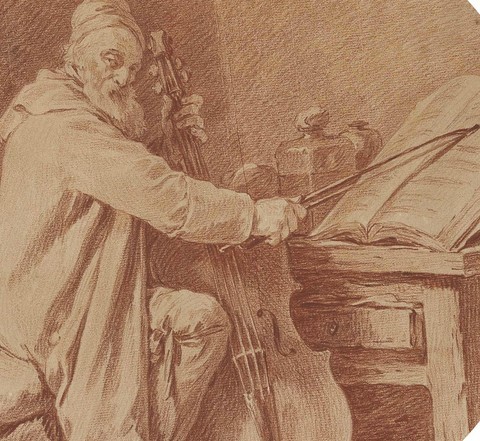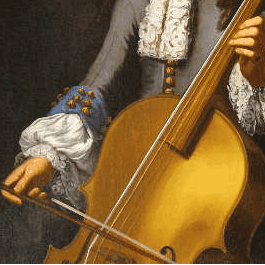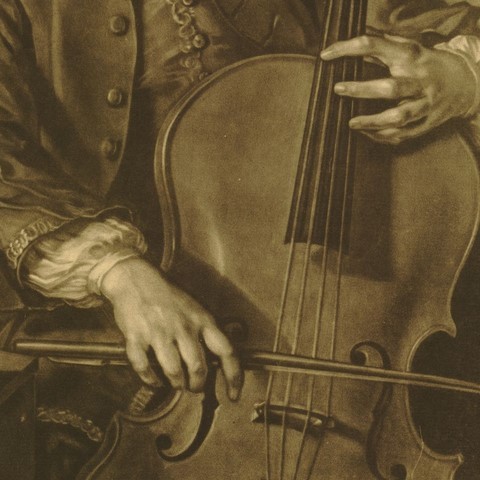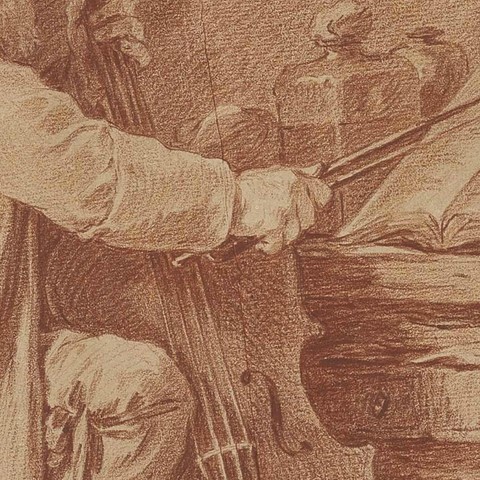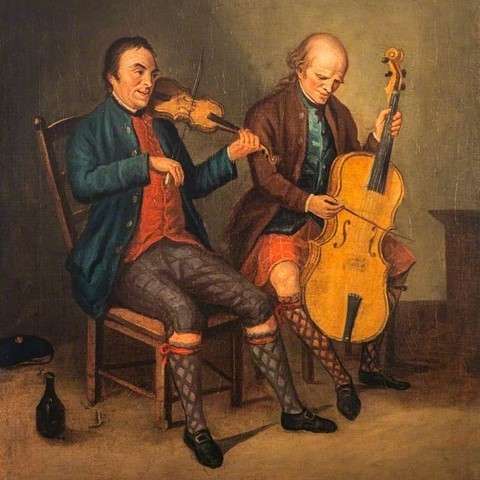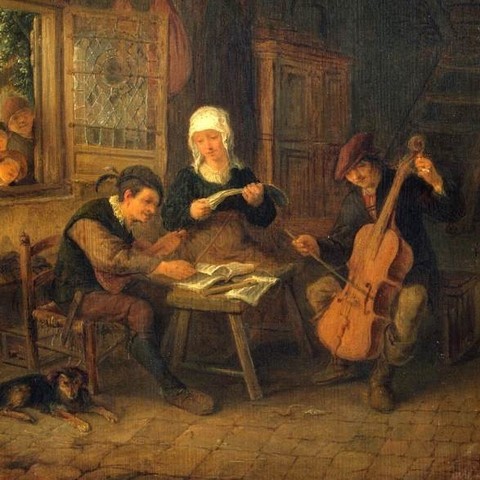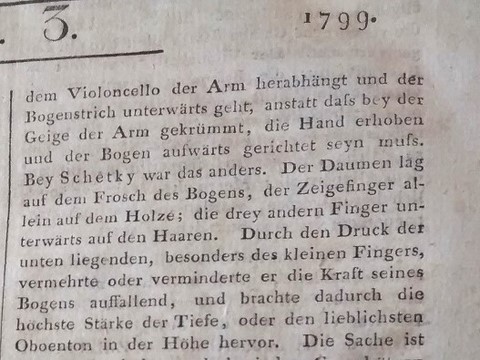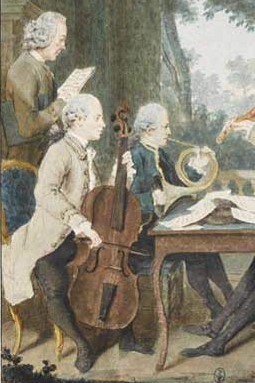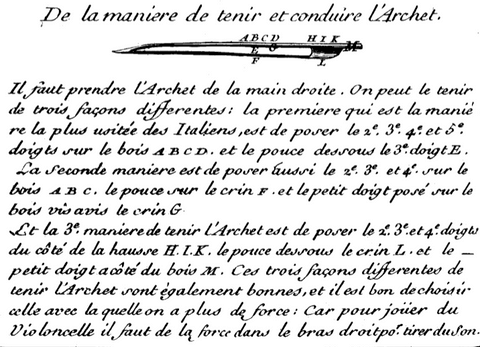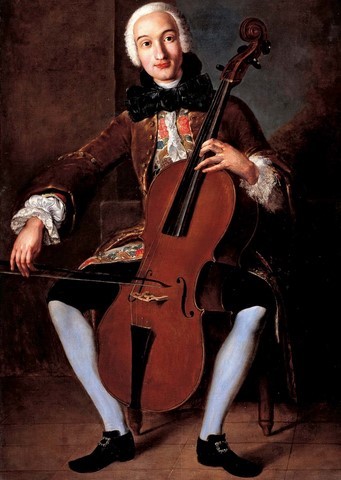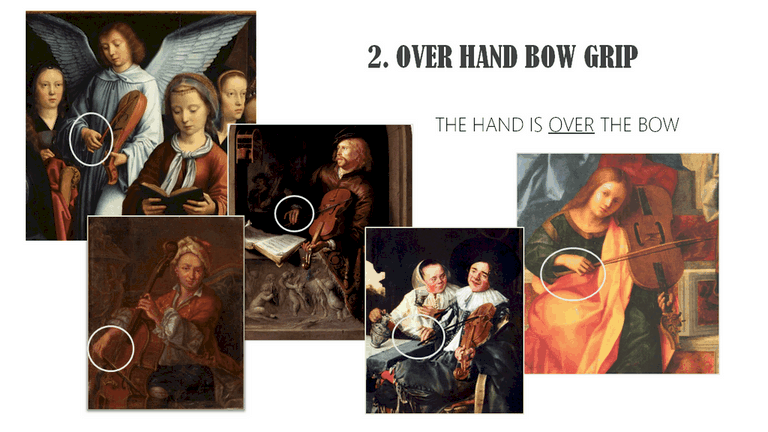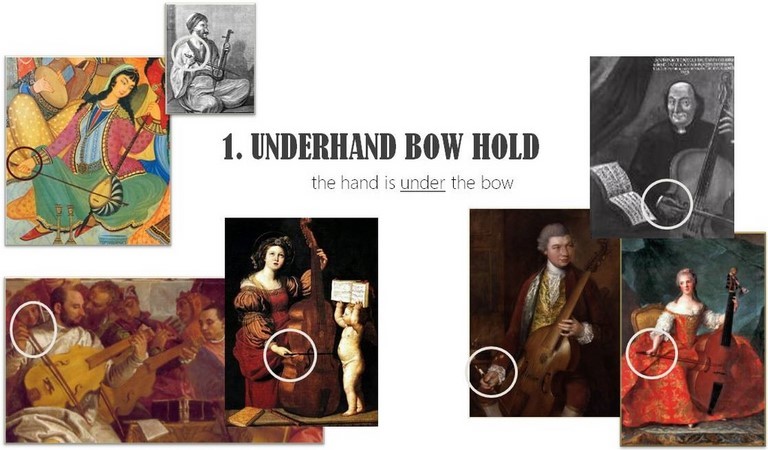BAROQUE BOW & BOW-HOLDS
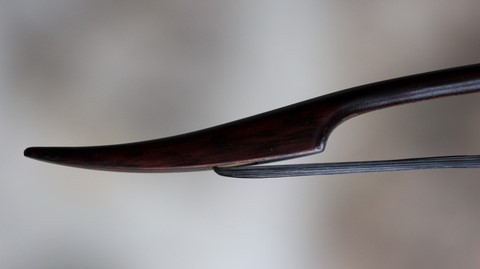
Bow made by Hans Reiners, Berlin
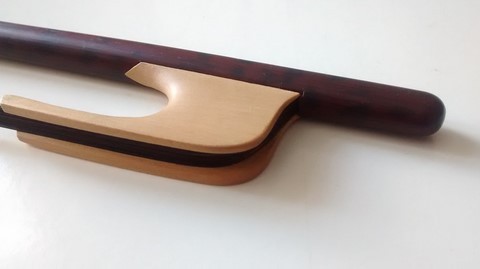
.
.
..
I. UNDERHAND BOW HOLD
.
Observation of paintings
england
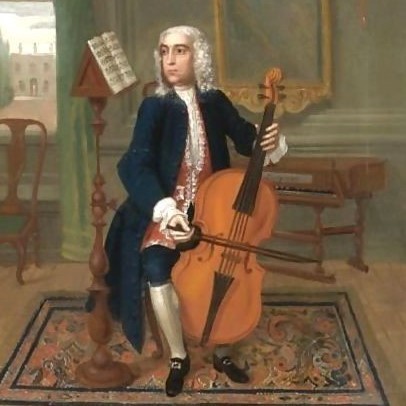
Portrait of a gentleman seated playing cello, by Charles Philips, circa 1720
italy
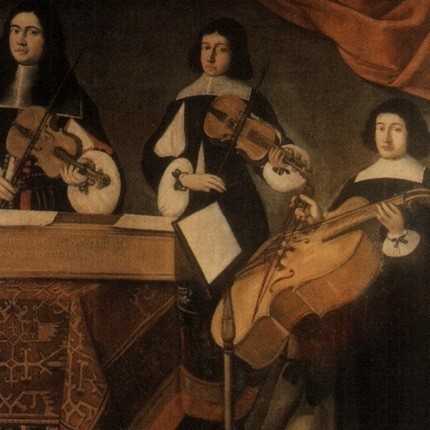
Concerto in casa Lazzari by Girolamo Martinelli
closer view.
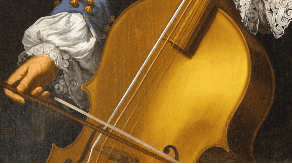
"Iconographic study of the violoncello and the way it was played up to the year 1800"
"Certain Aspects of baroque music for the violoncello as finally exemplified in the suites for
unaccompanied violoncello by J.S. Bach. (thesis, doctorate, University of South Australia 1983-4)"
Read: "The cello bow held the viol way, once common, but almost forgotten" by Mark Smith Read - Page 47
.
.
Translation
The thumb was laying on the frog of the bow, the second finger was on the stick, and the other 3 fingers were on the bow hair. By the pressure of those fingers, especially the little finger, he increased the tension of his bow .
.
CELLISTS WHO PLAYED WITH UNDERHAND BOW HOLD
FERDINANDO III DE MEDICIS
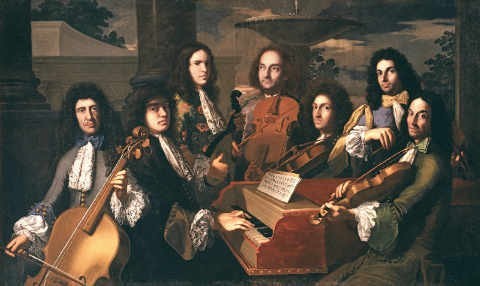
His Villa in Patrolino was a center of music where he held operatic production in a theater built for that purpose. Close to D. Scarlatti, he produced five of his operas.
Ferdinando was also in contact with J.F. Handel. Vivaldi dedicated him L'Estro Armonico, a collection of twelve concertos for one, two and four violins.
ANTONIO VANDINI
"Antonion Vandini, the famous violoncello, who they say play a parlare upon his instrument" [...]
it is remarkable that Antonio and all the other violoncello players here hold the bow in the old fashioned way with the hand under it"
Charles Burney,
Excerpt from: “Music men, and manners in France and Italy 1770”
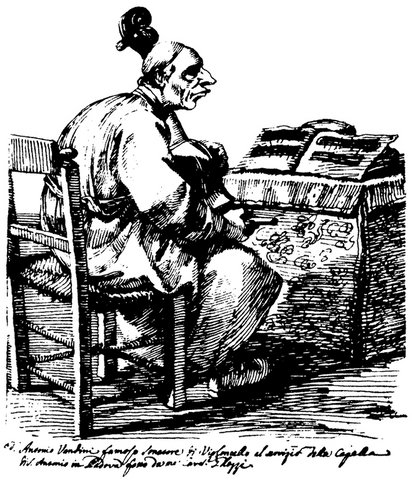
- Maestro al violoncello“ at the Ospedale della Pietà 1720-21 (In 172O Vivaldi returned to Venice where he staged in the Teatro Sant' Angelo new operas of his composition.)
- First violoncellist of the Church of St. Antonio in Padua, concertmaster: Tartini (1721)
- 1723-26 : Accompanist of Tartini in Prague
- 1726-70: Back to his position of principal cello of the Church of St. Antonio in Padua.
- 1776-78: Back to Bologna his birth town where he taught until his death.
Composition for the violoncello:
- Concerto in D major
- Six Sonatas
MARKUS GRAUEL
Excerpt from "An eighteenth century musical tour in central Europe and the Netherland."(1773)
J. C. SHETCKY
In 1799 the "Allgemeine Musikzeitung" published a long biographical print where his bow hold is described, explaining that his thumb was laying on the frog of the bow, the index finger was alone on the stick, and the other fingers were on the bow hair.
Highlights of his career: Schetky spent six months in Hamburg in 1761 where he got offered a Stradivarius.
- 1761-68 Cellist of the court orchestra of Darmstadt
- 1768-69 Played concerts in Hamburg
He also appeared in concerts in London where he got the patronage of J.C. Bach.
.
overhand bow hold
Observation of paintings, documents & performers
England
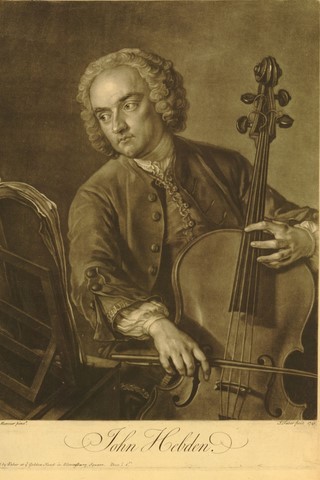
england
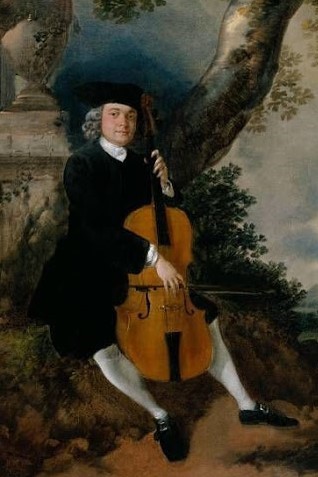
Excerpt from: The Rev. John Chafy Playing the Violoncello in a Landscape, Gainsborough - c.1750-2
Italy
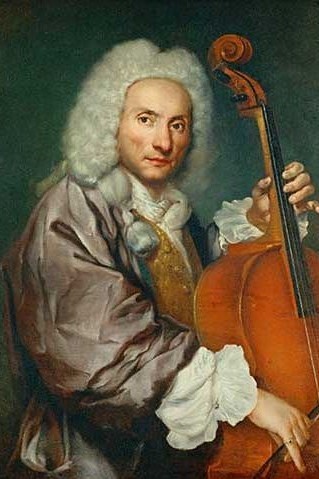
Portrait of Giovanni Battista Cirri by Giacomo Ceruti
:
FAMOUS CELLIST WHO PLAYED WITH OVER-HAND BOW HOLD
FRANCESCO ALBOREA
he received by far the highest salary paid to any violoncellist at the chapel (1260 fl. while the standard salary was between 150 and 500 fl.)
.
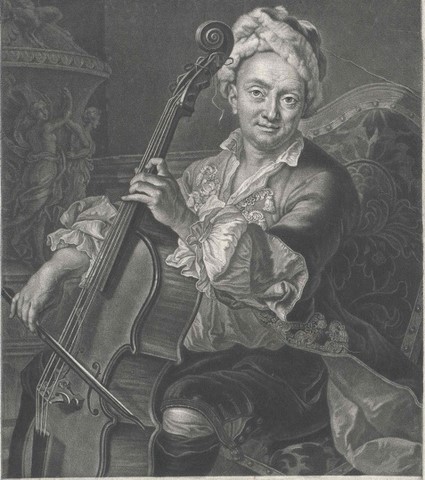
«The incomparable violoncellist Fransciscello."
J. Quantz
.
.
famous cellists - unknown bowhold
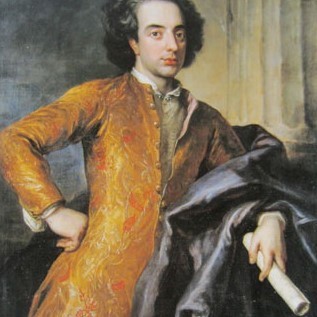
Before becoming a cellist, Berteau was a fine bass viol player. Important figure as a performer teacher and composer, "The famous Bertaud", is considered as the founder of the French school of violoncello. He left no written record of his teaching method, but many of his pupils did. Among them: the Brothers Janson, Jean-Pierre Duport, Jean-Baptiste Bréval, François Cupis de Renoussard, Joseph Tillière, Dominique Bideau. Famous for his use of harmonics he composed 6 cello sonatas Sonate Da camera a violoncello Solo col Basso Continuo op.l where he wrote an explanation on how to play harmonics on the cello.
Read: Martin Berteau et le violoncelle en France (FR)
